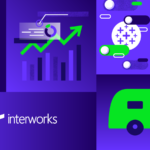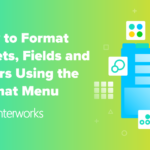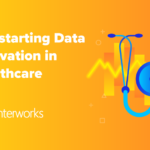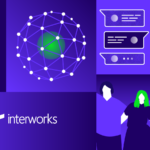"How I Went from" is an ongoing blog series that highlights our employees' different journeys to InterWorks. The results are pretty diverse, but each story is special in its own right.
I got my introduction to rigorous, fine-grained analytical reasoning while studying philosophy in college. I took to it like a fish to water. There are few things better to me than being immersed in information and emerging with the feeling that I’ve understood something new. It’s not just about how deep you dive. What matters most are the images and insight you bring back to the surface. It’s about making connections to the reality behind the numbers.
My story is part of our ongoing “How I Went from _____ to InterWorks Consultant” blog series. Head to the original “Life as InterWorks Consultant” post for a full list of unique stories from other InterWorks team members.
Boot Camp
I had this professor, a former Drill Sergeant as I recall, who took the same approach to teaching philosophy as he did to training raw recruits for military service. On the first day of one of my classes with him, someone placed a copy of “Your Child’s Self Esteem” on the lectern as a joke. When he saw it, he held it up and said, “Look at your schedule and look into your soul. Are you where you are supposed be? This is Modern Philosophy, and this is not a nurturing environment.”
Dr. Harbison assigned several one-page papers every semester. The rumor was that he didn’t like reading undergraduate work. Judging from the grades he gave, I believe it. Once, as I worked furiously into the night on one of these one-pagers, my wife looked over my shoulder and said, “You’ve been working on that for a while. How many pages do you have left?”
I was thinking, “Like, negative 5?”
Unpacking the dense, tightly reasoned treatises of Enlightenment Age philosophers was daunting in itself. The task of giving an exegesis of their arguments elegant enough to fit on a single page, yet insightful enough to satisfy Dr. Harbison, made these the most challenging essays I had to write in college.
That challenge was also the bit that hooked me. As I said earlier, I love surrounding myself with information. I spent almost as much of my youth in books as I did on a ball field or in the woods. I particularly enjoyed big books full of scientific eye-candy. Whether it was the grand sweep of satellite images taking in dawn over the whole Western Hemisphere or pictures from an electron microscope that made a spider look like some kind of alien landing craft, I found it mesmerizing. It was also thrilling to realize that no prior generation has ever enjoyed such a powerful perspective on the world around us.
Life as a Financial Analyst
After graduation, I knew I wanted to be an analyst. What the subject of this analysis would be I hadn’t completely worked out. With a young family, I didn’t really have the luxury to ponder it. I pulled open the paper and circled anything titled “research” or “analyst,” wrote a cover letter and sent a resume. Given my lack of discrimination, I was incredibly fortunate to wind up going to work for a first-rate, boutique investment manager.
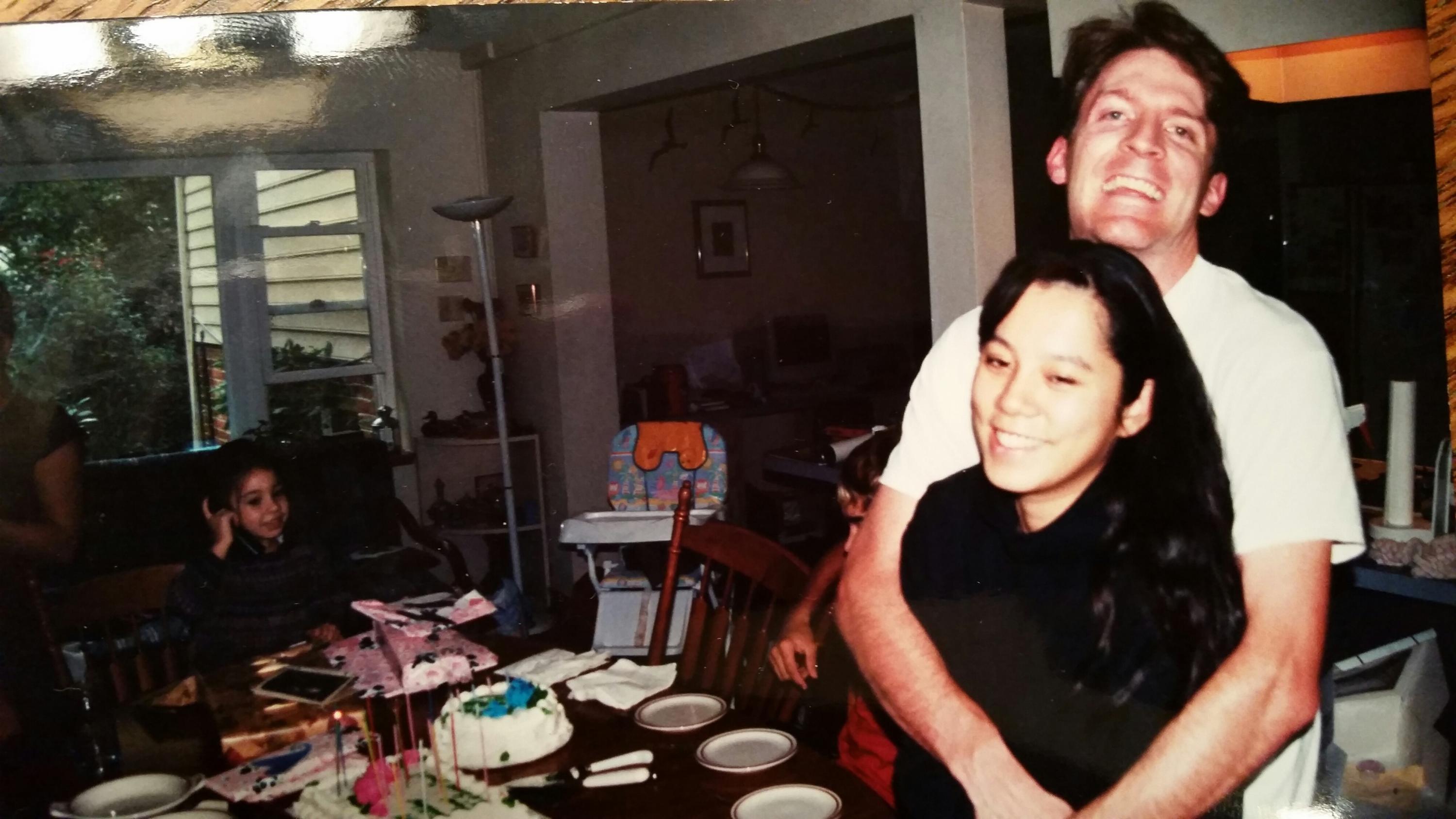
Above: My wife Tana, me and our then four-year old daughter shortly after I finished school.
Investment management is a data-rich industry. I found enormous satisfaction and growth in researching companies, analyzing and managing client portfolios, and studying and writing about the market. Delving into an individual company’s business model or watching how markets respond to shifting currents of capital gave me the same feeling of insight and understanding as poring over a good book of satellite photography.
Data Visualization
As a financial analyst, I carved out a niche for myself by digging into all kinds of data and eventually led a team conducting portfolio and market analytics. It was while working to build out this function that I came across Tableau. Initially, I was just interested in expanding the number of chart types we could use, but soon realized we had our hands on something far more powerful than a better graphics package. Here was a tool that would allow us to visualize huge volumes of data with a speed and flexibility that, for an old Excel jockey like me, kind of took my breath away. I had always loved being immersed in data. Now, I had SCUBA gear. Like many newly certified divers, I began to see the world as divided into two kinds of places: those where you can dive and everywhere else.
I soon took a Tableau fundamentals course. A year later, I attended an advanced course taught by James Wright, one of InterWorks’ Principal BI Consultants. James impressed me as well-spoken and a bit of a polymath. We got into a conversation after class that covered a lot of pretty geeky ground: how the internet is both revealing and changing natural language; whether Boomers, Gen-X’ers or Millennials got the worst of the financial crisis; and, of course, data visualization.
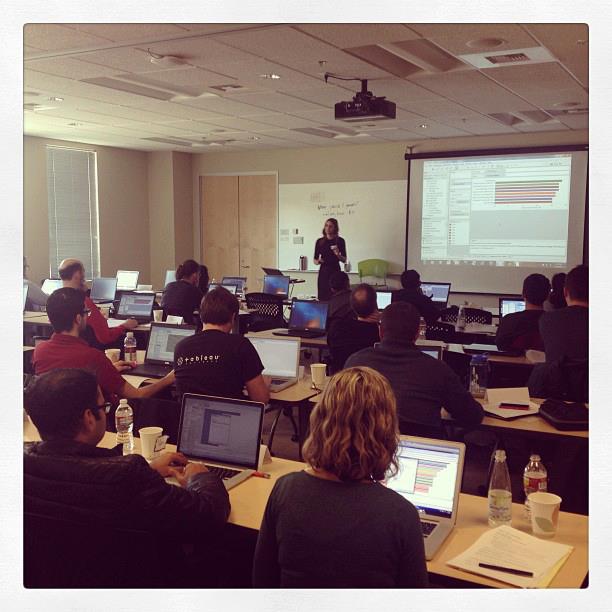
Above: A Tableau training class, much like the one where I met James.
This conversation contributed to my sense of excitement about how data science, design aesthetics and a growing understanding of human visual perception are changing the nature of business intelligence. A couple of Tableau Customer Conferences reinforced that feeling. Surrounded by hundreds of energetic people showing off the interesting and even beautiful views they were gleaning from their data, I felt a strengthening pull toward my own visualization work. I knew I wanted to do more with these tools than just analyze investments.
I realized the time had come for me to leave the firm where I had worked for more than a dozen years. They also told me that when they laid me off.
Look Where You’re Going
In this economy, losing a job can be hard on a person. Provided you can keep it short, a little mid-career unemployment has its benefits. For one thing, it gives you a chance to think more deeply about the direction of your career. I knew I wanted to be closer to the action, where high-quality analysis can actually shape business strategy. I wanted to be able to apply my background in finance and still pursue my passion for data visualization. In other words, I wanted a job that might not even exist – one I might just have to create for myself.

Above: Mountain biking in Moab.
Another great benefit of a brief stint of unemployment is the networking. As in my previous job search, I sent out lots of resumes and cover letters. This time around, I was much more deliberate and discriminating. I spent a lot more time just talking to people. I was gratified by all the responses I got and amazed at all I learned in the process. The fastest way to find something is to talk to people in a position to see things you don’t. If you ask good questions and listen to the answers, you will find what you’re looking for. One of my most pleasurable and surprising conversations was with James Wright, my old Tableau trainer. I began by quizzing him about his consulting work, looking for ideas about how to structure my own practice. By the end of the conversation, we were talking about me going to work for InterWorks.
Arriving at InterWorks
In the rigorous recruiting process that followed, I learned three things which convinced me that InterWorks would be a good fit for me. First, like James, everyone I talked to was smart, interesting and completely engaged. Second, they all seemed to genuinely embrace the firm’s philosophy of continually seeking the best people, the best clients and the best work. Third, from everything I could gather, they were putting that philosophy into practice. These people were doing exactly the kind of work that I wanted to do.
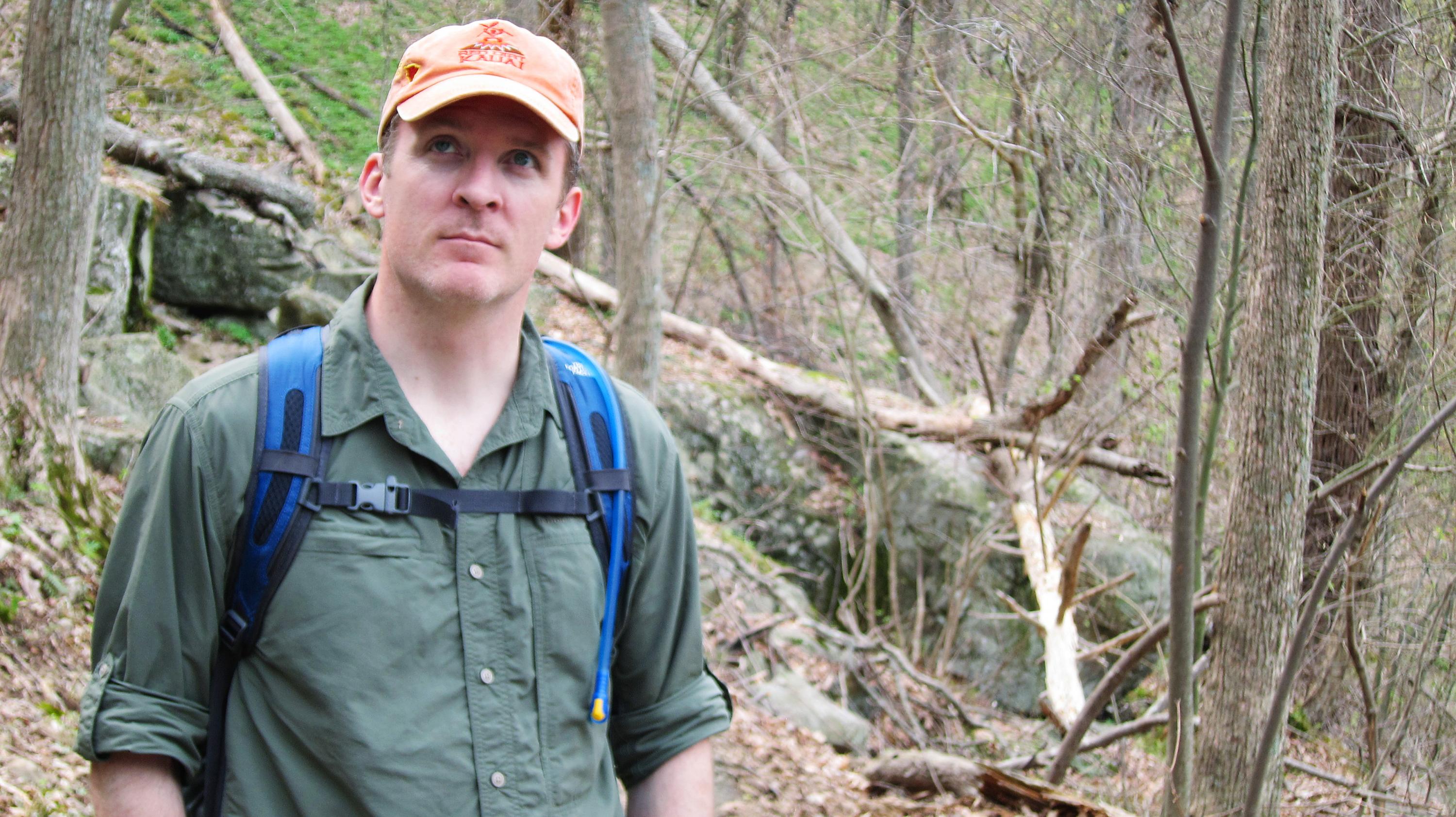
Above: Hiking in Pocahontas Park near my home in Richmond, VA.
What appeals to me about data visualization work is the power to investigate data and present analytical insight. Again, it’s not just about how deep you dive. The images and insight you can bring to surface are what matter the most. The distinction between big picture and detail-oriented is a bit lost on me. I want it all. For me, being a Business Intelligence Consultant at InterWorks is about crafting a view that brings it all together on a single page.
For someone like me, that is a nurturing environment.
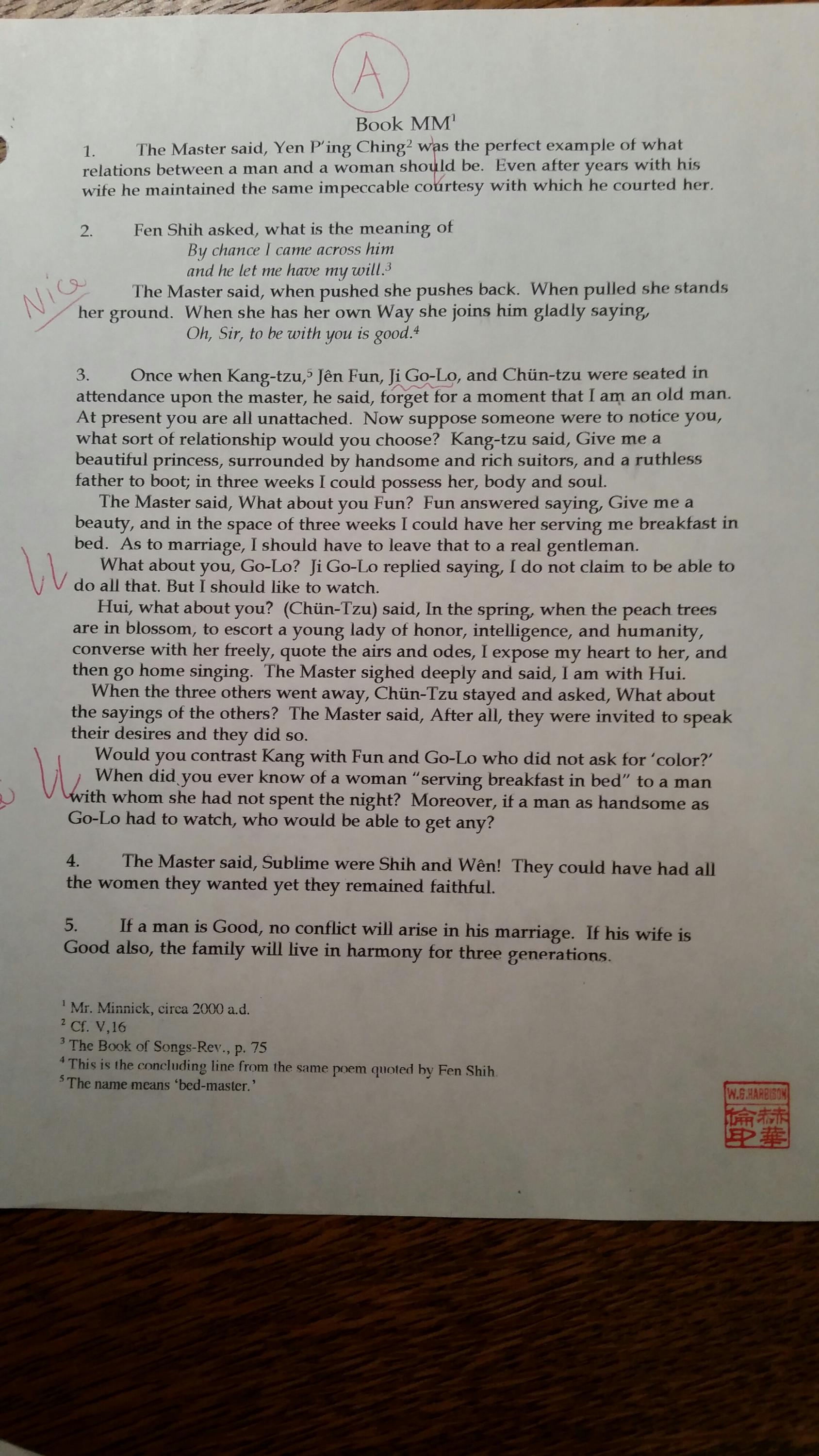
Above: One of the most satisfying moments of my college career – the last one-page paper I wrote for Dr. Harbison. It was the only one he ever gave an “A!”


